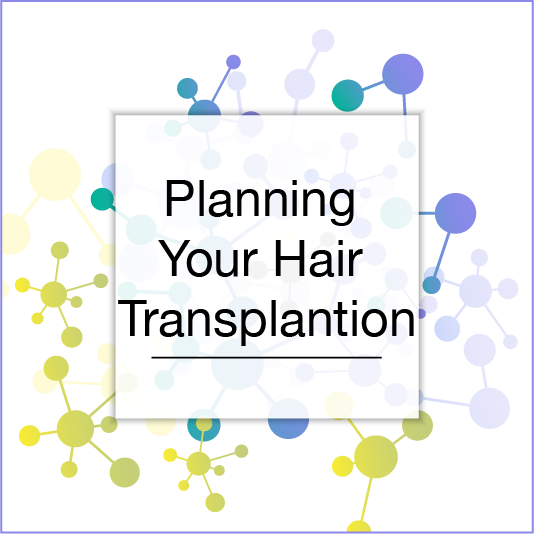
Specific planning depends on the current pattern of hair loss and the likely progression as well as their individual goals.
Things that we consider in planning and designing your hair transplant include:
We also have to figure out how many procedures you may wish to have (and how many you can afford) in your lifetime.
Expectations and Recovery
After the surgery, your scalp may be very tender. You may need to take pain medications for several days. There will be no bandage when you leave the hospital after surgery. Dr.Karademir may also prescribe an antibiotic or an anti-inflammatory drug for you to take for several days. Most people are able to return to work 2 to 5 days after the operation.
Within 2 to 3 weeks after surgery, the transplanted hair will fall out, but you should start to notice new growth within a few months. Most people will see 60% of new hair growth after 6 to 9 months. Some surgeons prescribe the hair-growing drug minoxidil (Rogaine) to improve hair growth after transplantation.
Itching is a sign for recovery and it is totally normal to feel this sensation 2 or 3 days after the operation. Do not scratch the transplanted area. This feeling is quite normal will continue for a couple of days.
A burning feeling, especially on the back of the head, can occur after four days from the operation day. In this case, it is recommended to use a lubricant or a moisturizing lotion (not a cream) on the back side only, three or four times a day by rubbing it and leaving it until it gets absorbed by the skin.
Risks and Costs of Treatment
The price of a hair transplant will depend largely on the amount and place of hair you’re moving. Most insurance plans don’t cover it.
As with any kind of surgery, transplants have some risks, including bleeding and infection. There’s also the chance for scarring and unnatural-looking new hair growth.
Around the time new locks start to grow, some people have inflammation or an infection of the hair follicles, called folliculitis. Antibiotics and compresses can relieve the problem. It’s also possible to suddenly lose some of the original hair in the area where you got the new strands, called shock loss. But most of the time, it’s not permanent.
Concerns & Risks
Hair transplantation is inherently a very safe procedure. Although it can take a long time to perform, it is still minor skin surgery. People often ask about the risks of infection and bleeding but these risks are very low. We typically use sedatives, painkillers, and local anesthetics, but we are very careful with medications, and we monitor you closely to ensure your safety.
Complications
Side effects of hair transplantation surgery are usually temporary and are more of a nuisance than a big problem. We have ways to prevent, minimize, or cope with all of the side effects. Short-term common complications can include one or more of the following:
Medium-term complications occur infrequently and include:
Long-term complications such as permanent discoloration of the scalp or excessive scarring are fortunately, quite rare.
Follow-Up
We will call you for follow-up appointments or emails at: